Brent Burge was diagnosed with Myalgic encephalomyelitis (ME) 22 years ago. ME is a neurological disease affecting multiple systems and causes chronic fatigue. Hence, it is also commonly known as chronic fatigue syndrome. Burge said it was good to get the diagnosis as it gave an explanation and understanding of what was happening. However, it didn’t solve any of his health problems as there is little the medical profession can do to help him.
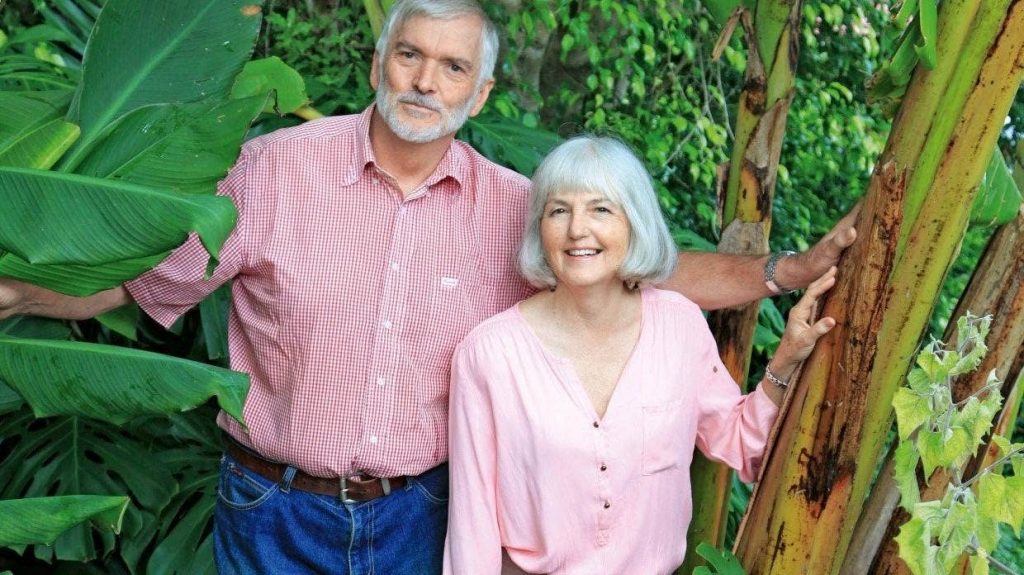
So Brent turned to providing the best nutrition he could for his body. “My aim is growing organic and nutrient-dense food. High minerals, high vitamins, high antioxidants, and high flavor,” he said. He uses his limited energy prudently and the steep quarter-acre garden is terraced and teeming with just about every edible plant you can grow.
Fruit trees of every description are dotted around his diverse New Zealand garden to provide a loose canopy and underneath is an eclectic collection of sprawling vines, cultivated vegetables and clumps of perennials, seemingly randomly interspersed with flowers, green mulch and ground covers.
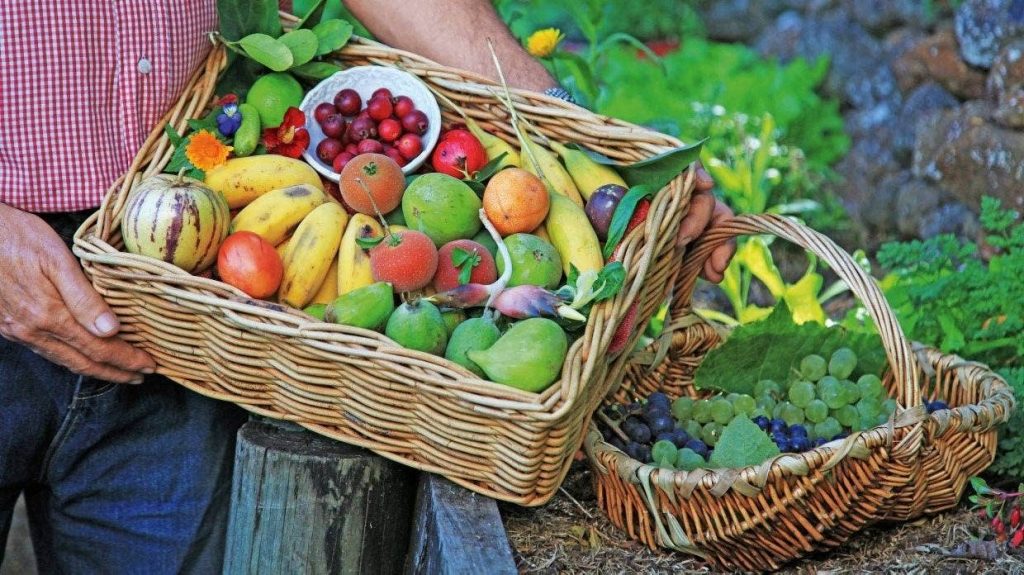 It is tempting to call the diverse, multi-layered productive plot a food forest but Burge doesn’t like that term. “It’s a cliche without real meaning. People think it is a whole lot of trees and stuff that looks after itself and produces all this wonderful food and is paradise. But it is not like that. It needs a lot of hard work.” A flaw in the food forest concept is the expectation of high productivity from a confined space. Natural forest ecosystems have multiple interactions and minimal outputs are removed. But if you take food out of an ecosystem, you have to put something back in.
It is tempting to call the diverse, multi-layered productive plot a food forest but Burge doesn’t like that term. “It’s a cliche without real meaning. People think it is a whole lot of trees and stuff that looks after itself and produces all this wonderful food and is paradise. But it is not like that. It needs a lot of hard work.” A flaw in the food forest concept is the expectation of high productivity from a confined space. Natural forest ecosystems have multiple interactions and minimal outputs are removed. But if you take food out of an ecosystem, you have to put something back in.
Regenerative agriculture is a concept directing management practices to improve rather than deplete the soil, looking at the complex interactions in the soil and how it affects production of the plant. “Conventional farming looks at macro-nutrients: nitrogen, phosphorus and potassium. But if you look at what the other micro-nutrients are doing, there are certain chemicals that determine how much fruit set and hold, other micro-nutrients that determine whether plants are doing vegetative growth or reproductive growth, others that determine the immune system, etc. “I have applied some of these principles and I like the result. I have been able to stimulate fruit trees to set fruit via nutrients.”
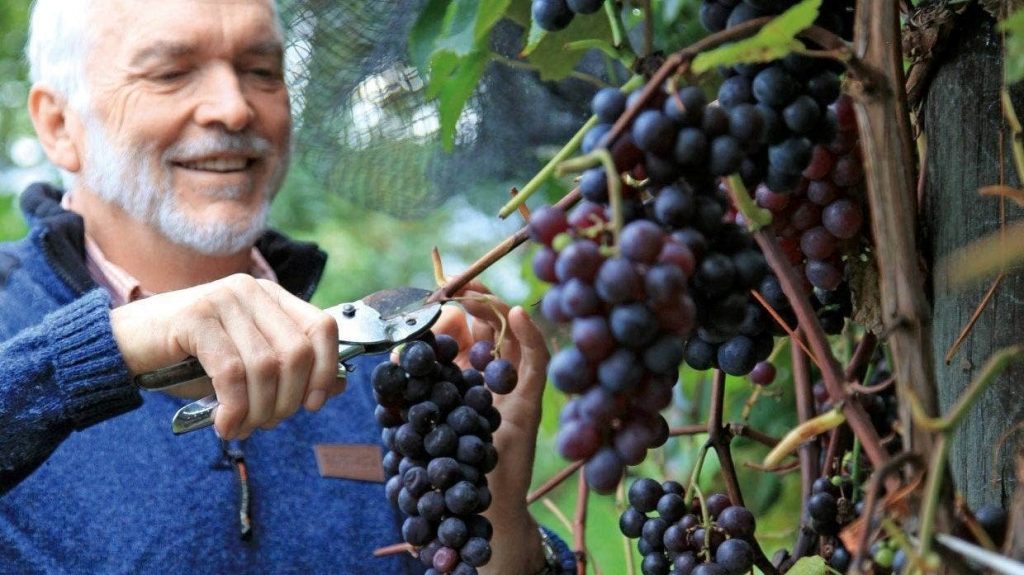 “Part of gardening is being aware and looking at your plants and seeing what is different and working out what is going on here. I get a lot of enjoyment from that. Working with nature is very wholesome.”
“Part of gardening is being aware and looking at your plants and seeing what is different and working out what is going on here. I get a lot of enjoyment from that. Working with nature is very wholesome.”
Burge says diversity is another key. Not just to his garden, but to their own diet as well. Underneath is an eclectic mix of lettuces, beetroot, three different types of taro, beans for drying, beans for eating, Chinese ginger, kūmara, horseradish, spring onions, chokos, tomatoes, purple mustard leaf, snow peas, pumpkins… just about anything and everything edible. Herbs of all descriptions flourish.
Mint geranium and tobacco repel unwanted insects and flowers of all description encourage wanted insects. Nasturtiums, marigolds and pansies decorate the terraces and Wanda’s salads. Taken as a whole, it is all a wonderful palate of mouthwatering color. The sprawl of nature is fused with rows of beans and brussels sprouts, and every plant has its own space and light – extended by the terraces.
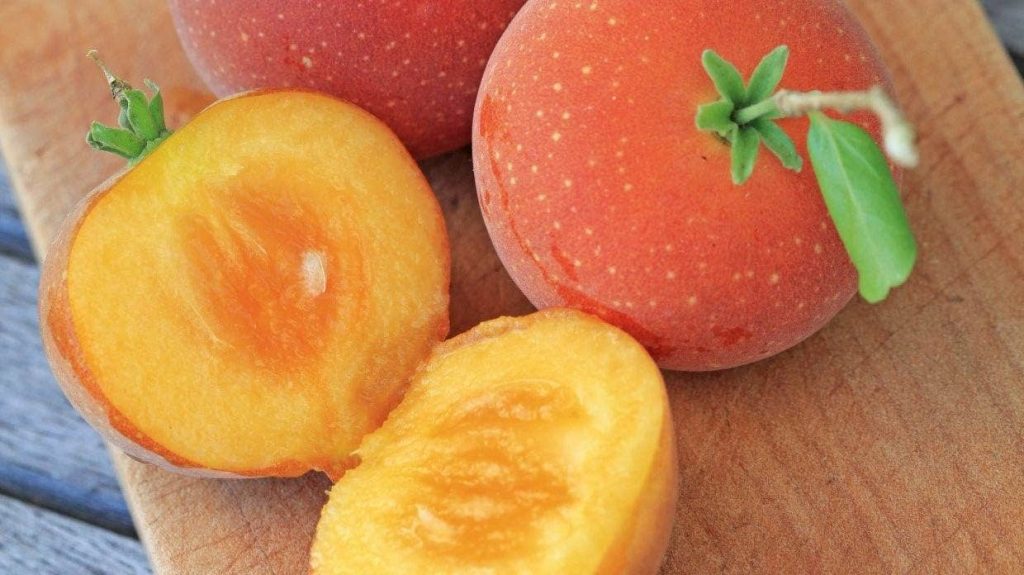 With an almost frost-free tropical climate his range includes bananas and temperate apricots and raspberries. Lining the edge of the drive is Burge’s prized collection of grapevines. The diversity and high nutrition levels keep the ecology relatively balanced, and Burge says he rarely has a problem. And if he does, it is in one crop but not in something else. Diversity is the key.
With an almost frost-free tropical climate his range includes bananas and temperate apricots and raspberries. Lining the edge of the drive is Burge’s prized collection of grapevines. The diversity and high nutrition levels keep the ecology relatively balanced, and Burge says he rarely has a problem. And if he does, it is in one crop but not in something else. Diversity is the key.
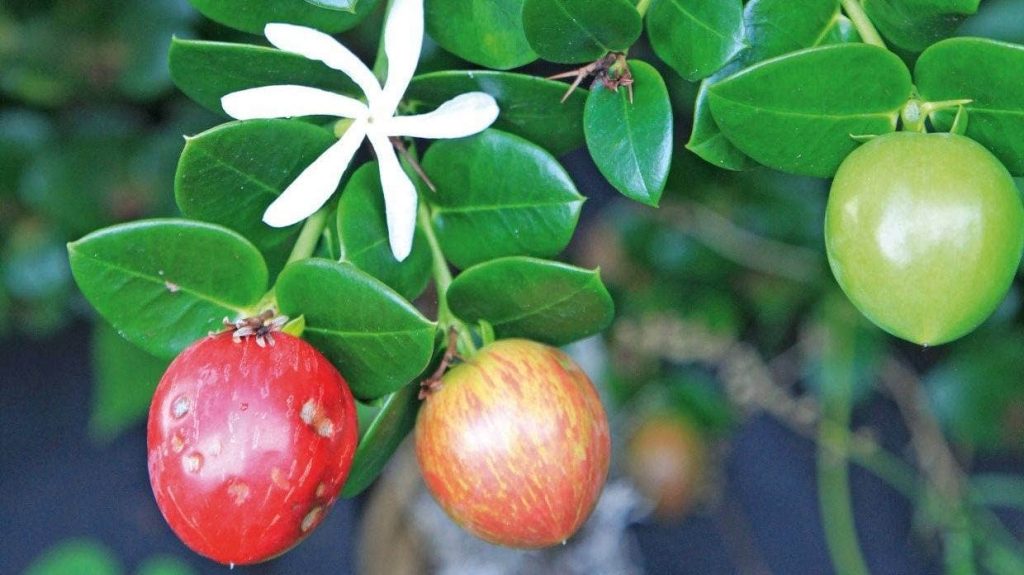 “It’s a mix of science and art. You keep learning. Keep experimenting. Passion helps a lot. The garden meets quite a few of my needs. It gives social interaction, interest, purpose, a sense of success and progress, and yummy food three times a day that I enjoy. Financially, it is very good. It gives us luxury that normally we wouldn’t be able to afford.”
“It’s a mix of science and art. You keep learning. Keep experimenting. Passion helps a lot. The garden meets quite a few of my needs. It gives social interaction, interest, purpose, a sense of success and progress, and yummy food three times a day that I enjoy. Financially, it is very good. It gives us luxury that normally we wouldn’t be able to afford.”
You can read the original article at www.stuff.co.nz

Is there a ink to a subscription ?
For daily updates you can subscribe to the right where is says “Updates as We Write New Posts”
For weekly notices, you can sign up at the right where is says “Weekly Updates & Free eBook Sign Up”